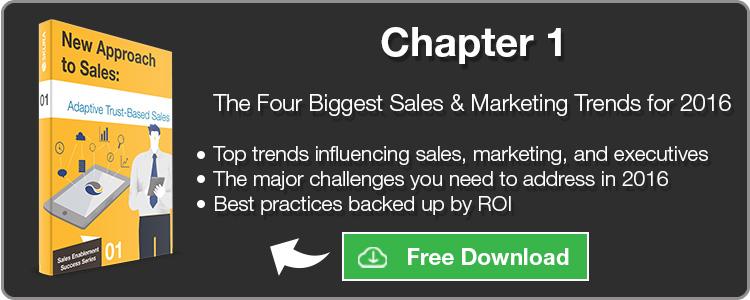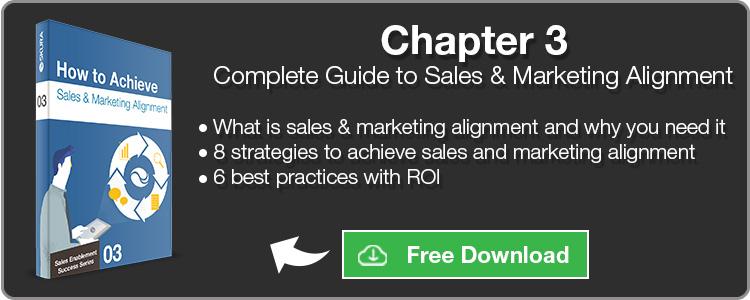Data analytics in sales and marketing are as elusive as they are desired with many businesses struggling to make effective use of all the data they’re collecting. As we all know, not everything that can be measured matters, but making that distinction can be a challenge - especially once you consider the increasing volume, velocity, and variety of data that can be extracted from digital content marketing.
Today we explore the key strategies to make the most out of your data.
This article concludes our discussion on data analytics in digital content sales and marketing.
Click Here to learn more about the data and analytics challenges in digital content marketing.
Click Here to learn about the 3 ways predictive analytics optimize digital sales and marketing.
Click Here to learn about how you can unlock data hidden across your sales process.
There is a gap in the area of data analytics. Business leaders see the inherent value of data and demand greater use across the marketing and sales process, but only a minority of marketers are making effective use of the data they have available and most continue to perpetuate a one-way content and data flow from marketing to sales.
Those with analytics across their sales process showed productivity rates and profitability that are 5 to 6 percent higher than their peers. Furthermore, companies that put data at the center of their marketing and sales decisions improved their marketing ROI by 15 to 20% (Source: Forbes, 2013).
Making the most from your data doesn’t need to be complex, here’s how you can optimize your data flow:
Integrate your Automation Platforms
Sales and marketing support technology industries are growing strong, but while many technologies offer ‘ground breaking’ solutions to your digital content marketing and sales challenges, most fail to help you achieve the kind of business alignment needed to optimize data flow.
We all know that sales and marketing alignment is a key issue, but few take time to appreciate that technology needs to align if sales and marketing are going to have any hope of doing the same.
Business departments get trapped focusing on their silo instead of using an end-to-end solution for lead generation to close.
As Kevin Quiring, Managing Director of Sales and Customer Service at Accenture North America puts it “… the left hand doesn’t know what the right hand is doing.” He also asserts “that’s not to say there aren’t great marketing and sales automation tools out there, but they’re not integrated” (Source: eMarketer, 2013).
[RELATED CONTENT] Automation is one way to achieve sales and marketing alignment, but it isn’t the only way. Download our FREE eBook below to learn the 9 tactics you can employ to achieve sales and marketing alignment.
Automate your Data Writing
As digital sales content continues to pile up and businesses use inefficient methods of distributing content to sales, the sales cycle slows and direct selling time declines.
When updating CRM turns into an admin detour, sales reps (especially top sellers) opt to simply avoid it and focus on their job of selling. Of course this creates huge data gaps and more friction across the entire value delivery chain.
Data can’t just exist, it has to be accurate. The best way to ensure this occurs is to automate the entire process and put selling time back in the hands of sales reps.
As Kevin puts it, “the salesperson’s intuition and the marketer’s opinion on what lead will be good or bad is interesting – but not productive” (Source: eMarketer, 2013).
Automating data writing from the sales rep software down to CRM and marketing automation ensures that sellers can focus on selling, not recalling anecdotal details and updating CRM.

Make data impulse consumable
Once you’ve integrated the platforms and automated inputs, you need to make that information accessible and relevant for each user.
Sales reps interact with many contacts, some interactions are a simple email, others are in person, but time spent combing CRM or other databases to understand the history of marketing interactions and value of a lead is time spent not selling.
Sellers need the information that is relevant to them in the moment it’s needed. Data and digital content needs to be impulse consumable in a format that requires fewer detours and more fluid interaction that presents the sales rep as a trusted concierge to the buyer.
Is your data integrated, automated, and impulse consumable from end-to-end in the sales process? Request a demo and let us show you just how easy and accessible your data can be with sales enablement.













